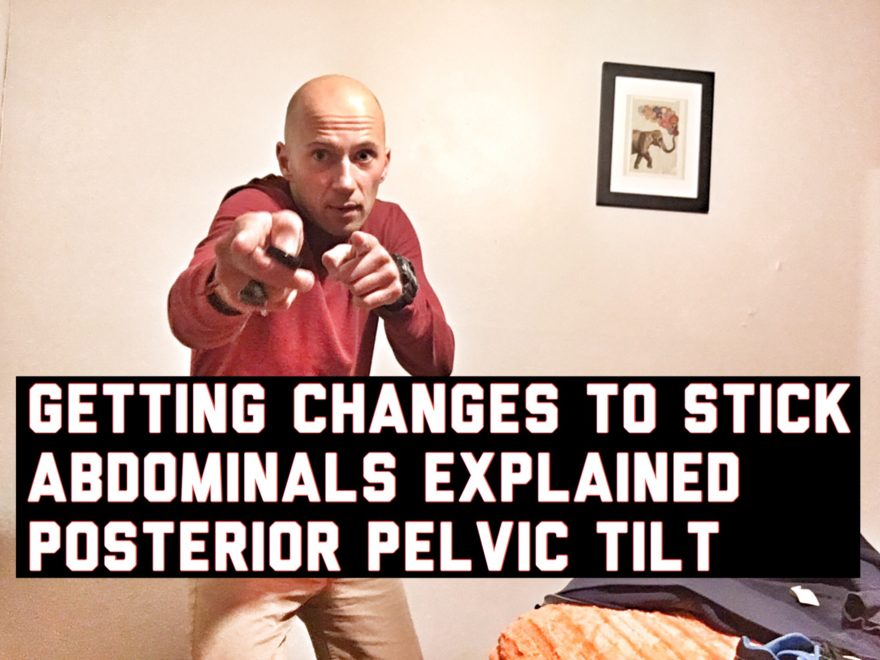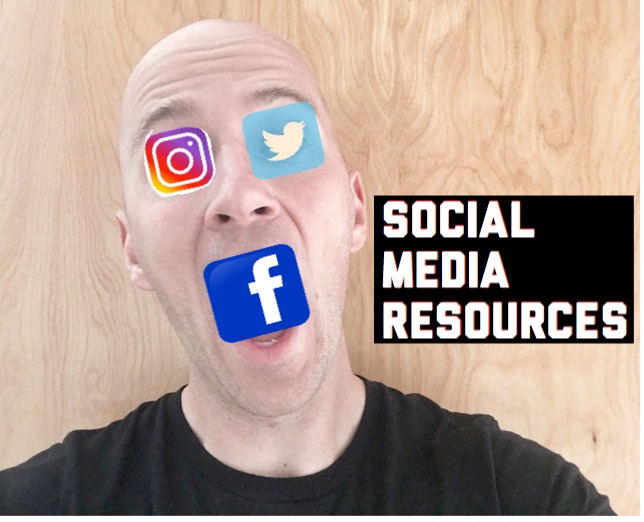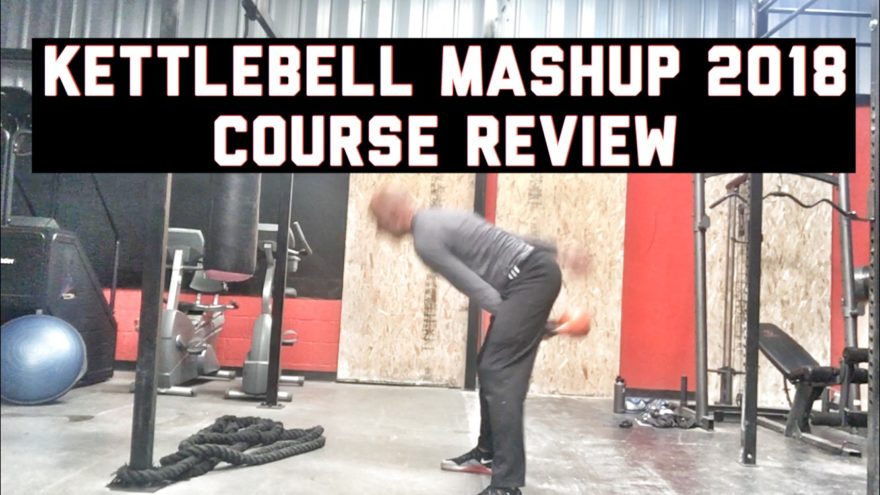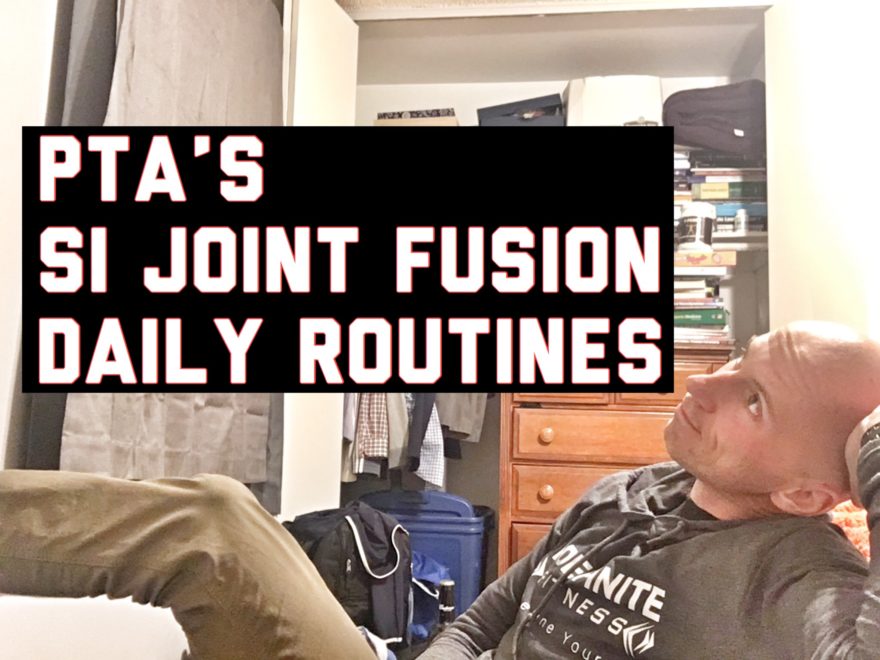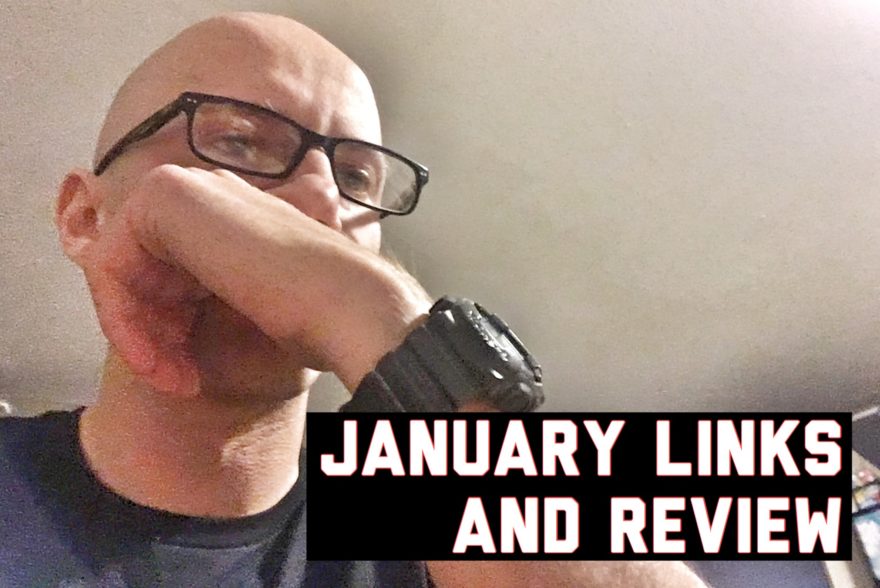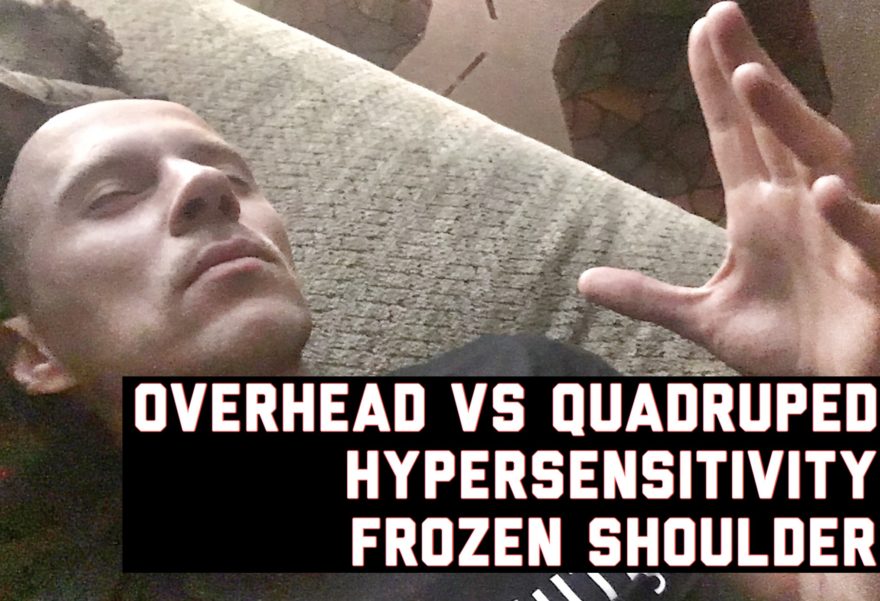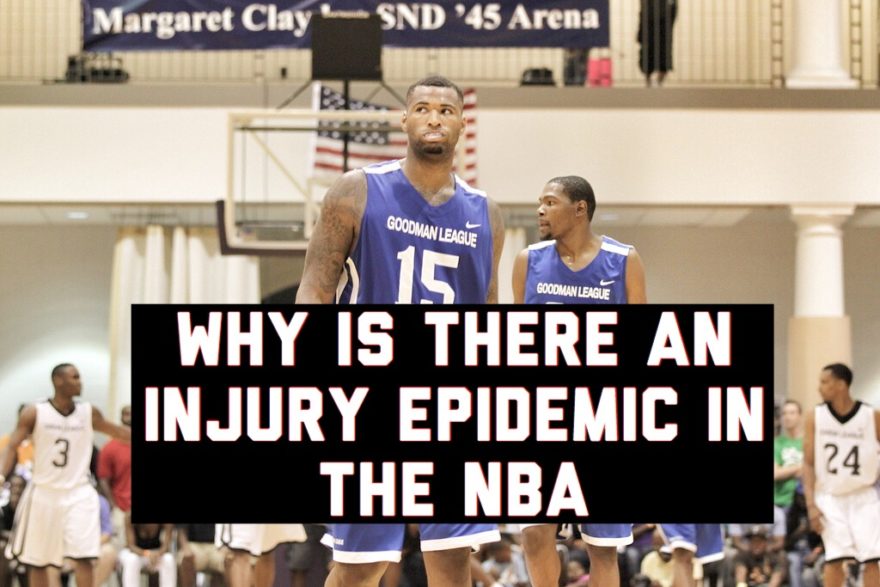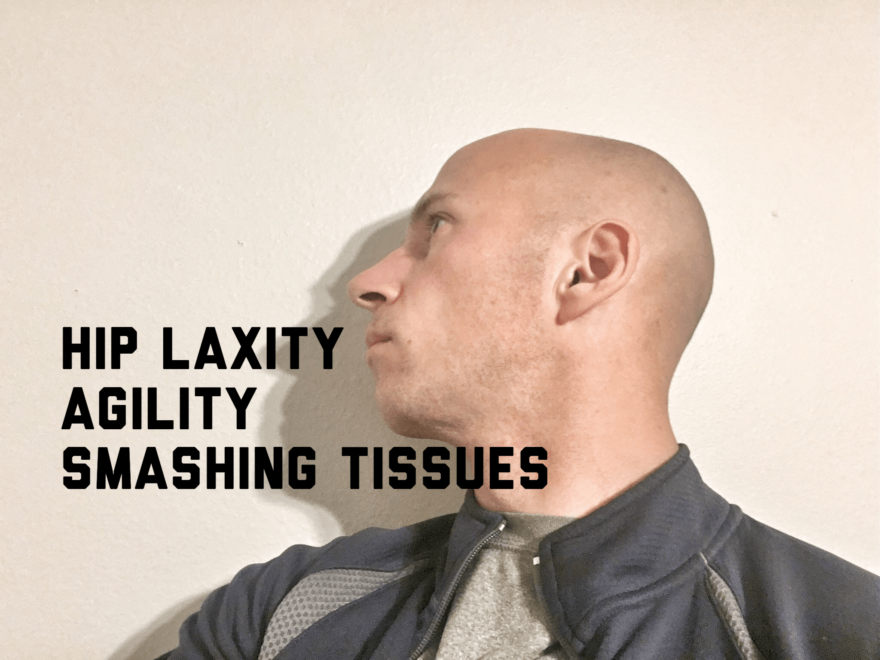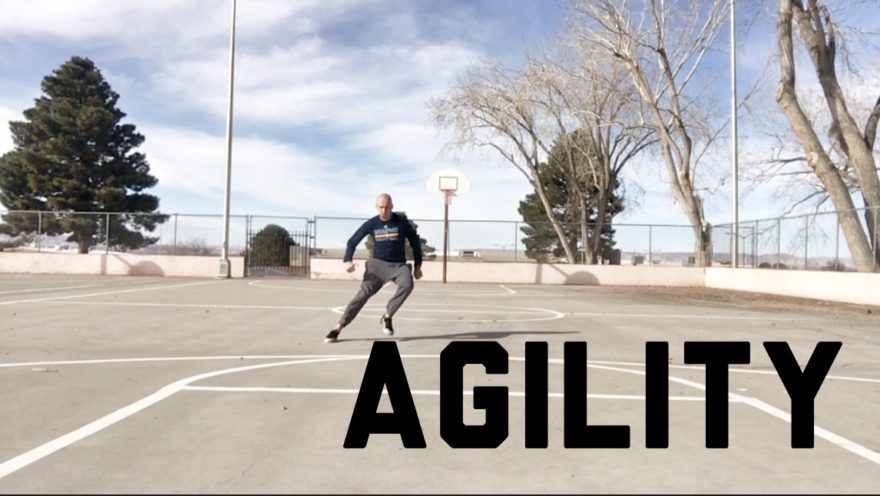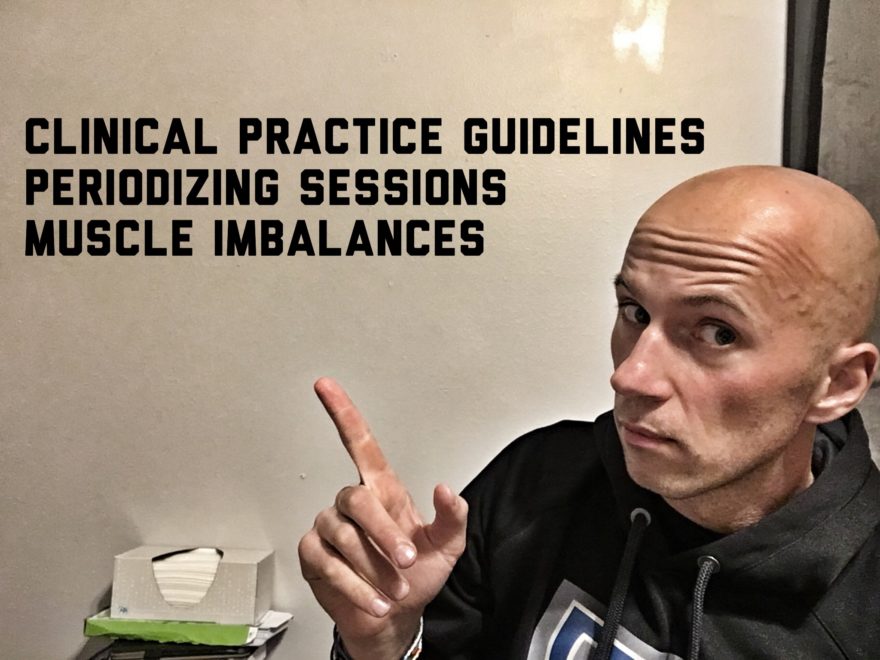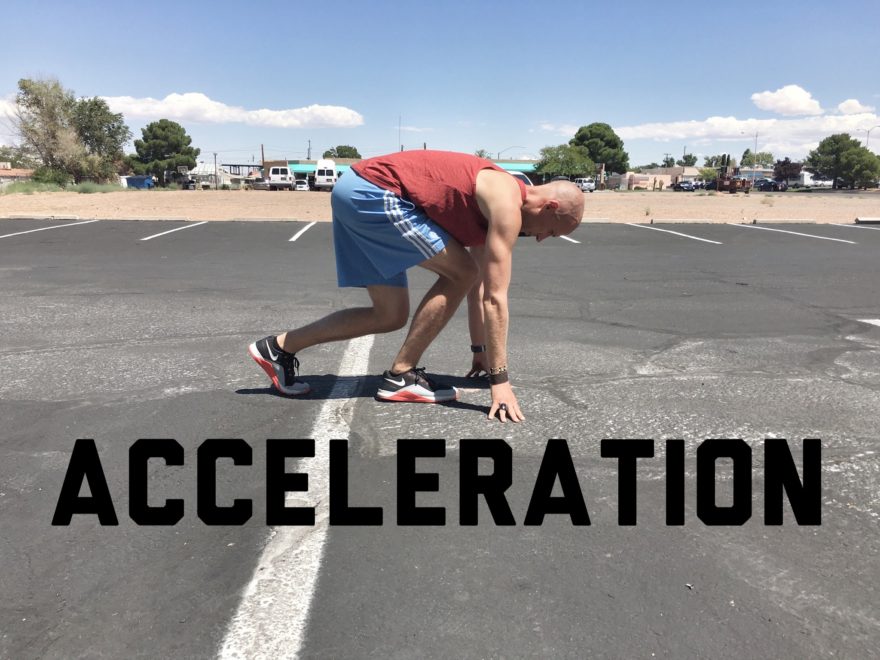Movement Debrief Episode 38 is in the books. Below is a copy of the video for your viewing pleasure, and audio if you can’t stand looking at me. Here is the set list: How long does it take for changes desired by exercises to stay? How long do I keep someone on the same movement? What influence do the abdominal muscles have on ribcage position? How can we change position of the body to bias particular abdominal muscles? How to address rib flares Why and when should you cue a posterior tilt? What are some good way to cue a posterior tilt? If you want to watch these live, add me on Facebook, Instagram, or Youtube. They air every Wednesday at 7:30pm CST. Enjoy! Here were the links I mentioned: Infrasternal Angles and Overhead vs. Quadruped Respiration Revisited Excerpt from Pat Davidson’s Rethinking the Big Patterns (you can also check out the course review here) The Squatting Bar Reach: A Movement Deep Dive How to Deadlift: A Movement Deep Dive Enhancing Life Method Strength Andy McCloy Trevor LaSarre James Fryer Here’s a signup for my newsletter to get nearly 3 hours and 50 pages of content, a free acute:chronic workload calculator, basketball conditioning program, podcasts, and weekend learning goodies: [yikes-mailchimp form=”1″ submit=”Get learning goodies and more”] Getting Changes to Stick Abdominals Explained Posterior Pelvic Tilts
Read More